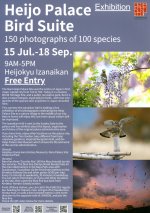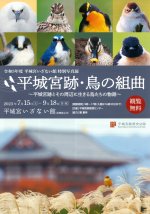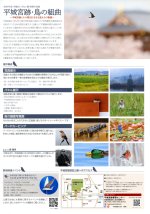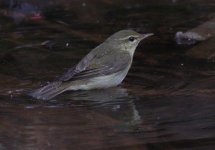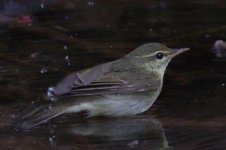Hi Opisska:
I think you can be confident in Grahame's comment about birds in Nagano at this season:
Japanese Leaf Warbler, the only member of the Arctic complex present at this location in July.
In Nara where I am, Kamchatka Leaf come through in the first half of June going north, and in the second half of October and early November going south. Since my little patch (full circumference maybe 10km) is a bit of a hotspot (I've seen about 150 species here, and we are a long way from the sea), I was hoping to find Japanese Leaf as well.
But all my way more experienced friends say that it's not possible to ID the three ALW species on sight.
So, I started recording with a simple voice recorder; sometimes I posted here. For several years all I got was Kamchatka (and Sakhalin Leaf a couple of times and Eastern Crowned). But in 2020 (May 10th), I got a bird on photo and recording, which an expert friend agreed was JLW!
So, although I think you can be sure that your Nagano bird was JLW, I have no idea about your Malaysian bird from a few years ago.
I am dubious about Valèry's claim that he has a system for visual differentiation of the three species.
And as Grahame says in the previous post, there are only three Phylloscopus likely in Nagano at this season. I don't know where Valèry got his 'ten' from.
(Nagano, where JLW breeds, is only five hours' drive or so away and we could go for two or three nights - the problem is that my wife would have to book a couple of days's holiday a couple of month's in advance, and there is a high chance of heavy rain all through the trip with no possibility of changing dates, as has happened on two of the three times we have tried at this season.)
===
Nara Prefecture Heijo Palace Site (from when Nara was the capital 710-784) has an exhibition of bird photos from 'our patch' (as I mentioned above) by a friend of mine over this summer. Posters below.
So, Opisska, if you are still in Japan, and passing through Osaka/Kansai area on your way home, then drop me a DM and I'll treat you to lunch or dinner as well as this great photo exhibition.
[Edited to correct number of Phylloscopus species mentioned by Valèry - my mistake.]
